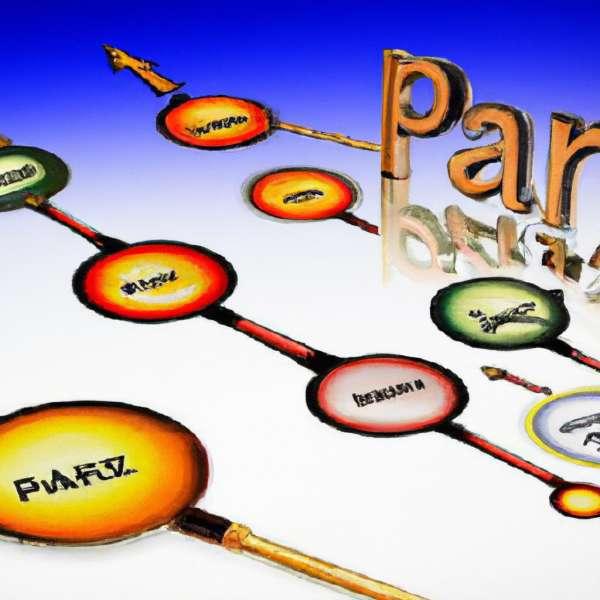Title: Preserving Passion: A Guide to Estate Planning for Art and Collectibles
In the vibrant world of art and collectibles, every piece tells a story—one that weaves together memories, emotions, and aspirations. As our collections grow and evolve, so too does the need to ensure that these cherished items are safeguarded for future generations. Estate planning is not merely a pragmatic necessity; it is an opportunity to reflect on the values imbued within our collections and to create a legacy that honors our passion. This article delves into the intricacies of estate planning specifically tailored for art and collectibles, providing insights and strategies to help you navigate the complex landscape of ownership, valuation, and transfer. Whether you are an avid collector, an emerging artist, or simply someone who treasures the beauty of unique objects, understanding the nuances of estate planning can empower you to protect what you love and ensure that your treasures continue to inspire long after you’re gone. Join us as we explore the essential steps you can take to preserve your artistic legacy for generations to come.
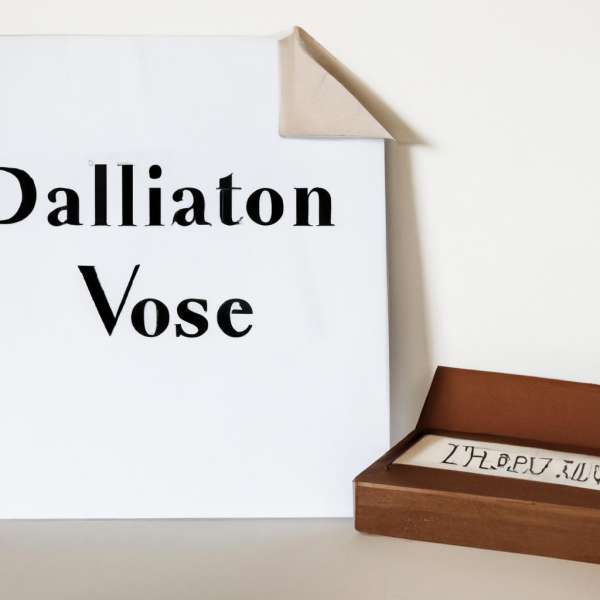
Understanding the Value of Your Collection in Estate Planning
When considering your collection within the framework of estate planning, understanding its **intrinsic and monetary value** is crucial. Whether you own fine art, classic cars, rare coins, or vintage wine, each piece tells a story and carries significance beyond its market price. Here are essential aspects to consider:
- Market Valuation: Engage a professional appraiser to assess your collection’s current market value. This can influence tax obligations and inheritance distribution.
- Emotional Attachment: Recognize the sentimental value of your items. Be sure to communicate this to your heirs, as emotional bonds often affect their desire and decision to keep or sell pieces.
- Provenance and Documentation: Maintain clear records of authenticity, purchase history, and appraisal documentation. This not only aids in valuation but also enhances the collectible’s significance over time.
- Tax Implications: Understand potential tax liabilities, including capital gains tax on sales or estate taxes at the time of inheritance, which can impact the value of your collection.
It’s also important to consider how your collection fits into your broader estate plan. Creating an **inventory list** with detailed appraisals can aid in clear communication with your heirs. You can even consider forming an **art trust** or a similar mechanism to manage the collection over time. Below is a simple table showing potential strategies to incorporate collectibles into your estate planning:
| Strategy | Benefits |
|---|---|
| Direct Bequest | Ensures specific items go to chosen heirs. |
| Art Trust | Allows for professional management while preserving value. |
| Sale Before Death | Realizes cash value and simplifies inheritance. |
| Donation for Tax Benefits | Potential tax deductions while benefitting cultural institutions. |
By integrating these considerations into your estate planning process, you not only safeguard the value of your collection but also empower your heirs to appreciate and preserve it for future generations.
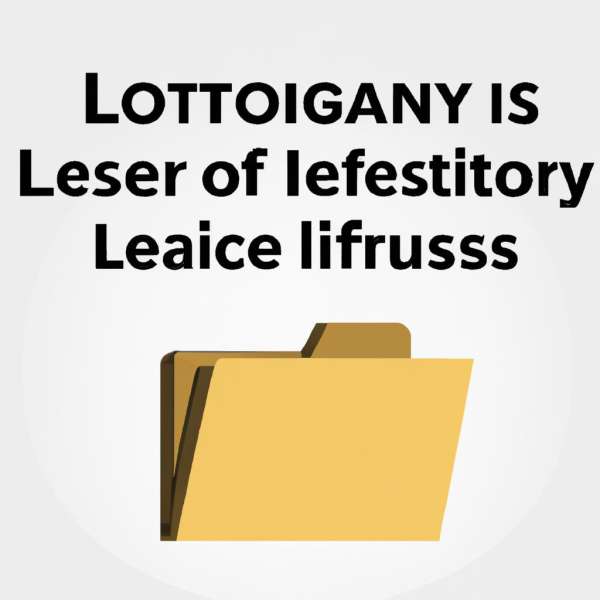
Protecting Your Artistic Legacy: Legal Considerations for Art Owners
Ensuring that your artistic legacy is preserved for future generations requires careful attention to legal considerations. As an art owner, it’s vital to understand the implications of inheritance laws, tax liabilities, and ownership rights. This involves not only cataloging your valuable pieces but also implementing robust documentation practices that articulate your intentions regarding your collection.
One essential step is to create a comprehensive inventory of your art and collectibles, detailing the following:
- Artwork Details – Title, artist, date of creation, medium, dimensions, and condition.
- Value Assessment - Current market value, appraisal documents, and insurance policies.
- Provenance Information – History of ownership, exhibition records, and any documentation of authenticity.
Another key aspect is establishing a clear succession plan for your collection. This may involve drafting a will that specifies who will inherit each piece and under what conditions. Engaging with legal experts can help navigate specific state laws and ensure that your wishes are executed as intended. Additionally, consider the benefits of setting up a trust, which can protect your collection from probate and potentially reduce estate taxes.
To further illustrate these considerations, the following table outlines some common elements of an estate plan for art and collectibles:
| Element | Description |
|---|---|
| Inventory List | A detailed record of all items, including value and provenance. |
| Will | Legal document that specifies distribution of assets, including art. |
| Trust | A legal entity to hold assets and facilitate easier transfer to heirs. |
| Insurance Policies | Protection against damage or loss of valuable artworks. |
By adopting a strategic approach to estate planning, art owners can safeguard their artistic legacies. Taking the time to understand these legal considerations ensures that your cherished pieces remain intact and appreciated not only in your lifetime but also in the generations to come.
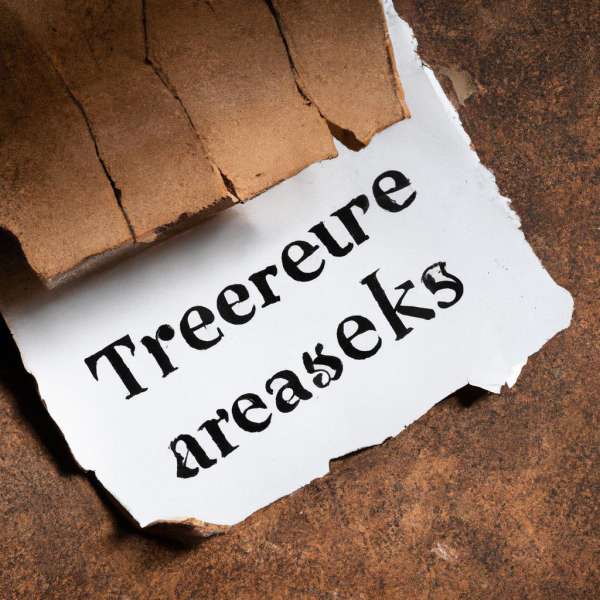
Strategies for Appraising and Documenting Your Treasures
When it comes to preserving the value of your art and collectibles, conducting a thorough appraisal is essential. Engaging a certified appraiser who understands the nuances of your specific items not only provides you with an accurate valuation but also adds legitimacy to your estate planning. **Seek out experts** with a proven track record in your collecting specialization, ensuring a trustworthy assessment. Consider the following strategies:
- Research: Familiarize yourself with recent sales of similar pieces to gauge market trends.
- Document: Keep comprehensive records that include purchase receipts, prior appraisals, and provenance information.
- Update Regularly: Appraisals should be revisited at least every three to five years since market values can fluctuate significantly.
- Consult Multiple Appraisers: Getting opinions from various experts can help you arrive at a fair and accurate market value.
Documentation is equally as critical as appraisal. Creating a detailed inventory not only helps in monitoring your collection but also provides essential information for your heirs. Use organized methods to keep track of each piece, such as:
| Item | Description | Appraisal Value | Purchase Information |
|---|---|---|---|
| Painting | Original oil painting by John Doe | $5,000 | Purchased from Art Gallery, 2020 |
| Jewelry | Vintage diamond ring | $3,500 | Inherited, 2015 |
| Statue | Marble statue, 19th century | $8,000 | Acquired at auction, 2018 |
By maintaining a detailed list that includes images, condition notes, and appraisal documents, you are not only safeguarding your assets but also ensuring that your loved ones have the resources necessary for proper management in the future. An organized collection facilitates smoother transitions and can provide insights that enrich the legacy of your treasures.
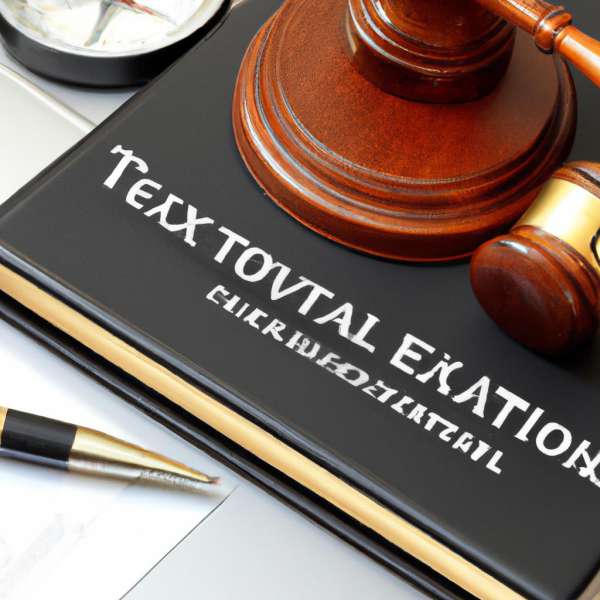
Navigating Taxes and Inheritance Laws for Collectible Assets
When dealing with collectible assets, it’s crucial to understand the interplay between taxes and inheritance laws. Collectibles, which can include anything from fine art to rare coins, often have specific regulations governing their valuation, taxation, and transfer. One key point to consider is **capital gains tax**, which can apply when these assets are sold. The appreciation in value from the original purchase price to the sale price can lead to a substantial tax liability, depending on how long you held the asset before selling.
Additionally, the **inheritance of collectibles** has its own set of tax implications. Generally, when someone inherits an asset, they receive a **step-up in basis**, meaning that their tax basis is adjusted to the fair market value at the time of inheritance. This can be beneficial as a potential future sale would only incur capital gains on the difference between that fair market value and the selling price. However, different collectibles may face different valuation processes or limits on deductions, making detailed valuations essential.
Here are some vital considerations to keep in mind:
- Documentation: Maintain thorough records of each collectible portfolio, including purchase receipts and appraisals.
- Consult Experts: Engage with estate planners and tax professionals who specialize in collectibles for personalized advice.
- State Laws: Be aware of state-specific inheritance laws, as they can vary significantly.
- Trusts: Consider using a trust to manage collectible assets, which may provide tax benefits and streamline the transfer process.
To further illustrate the relationship between appraising collectibles and potential tax liabilities, the following table summarizes common collectible categories and their respective considerations:
| Collectible Type | Valuation Method | Tax Considerations |
|---|---|---|
| Fine Art | Professional Appraisal | Capital Gains Tax on Sale |
| Rare Coins | Market Comparison | Potential Sales Tax |
| Classic Cars | Condition Assessment | Vehicle Transfer Tax |
By navigating these intricate layers of taxation and inheritance laws, you can better prepare your estate plan for collectibles, ensuring a smoother transition for your heirs and minimizing potential financial pitfalls.
The Conclusion
As we draw the curtain on our exploration of estate planning for art and collectibles, it’s clear that this multifaceted journey requires both foresight and finesse. Just like a well-curated gallery, your collection deserves to be appreciated not only in life but also in the legacy you leave behind. By taking the time to understand the unique nuances of managing your prized possessions, you can ensure that they continue to inspire and provoke thought for generations to come.
Remember, whether it’s a cherished painting, a rare sculpture, or an antique that tells a story, each piece holds intrinsic value that goes beyond mere monetary worth. Thoughtful planning allows you to preserve the emotional connections tied to your treasures, guiding them into the hands of those who will honor and cherish them as you have.
As you embark on this important endeavor, consider engaging with professionals who understand the interplay of art, law, and personal legacy. With the right strategy in place, your collection can live on, a testament to your passion and artistic vision, reflecting your journey and the rich tapestry of history that ties us all together.

